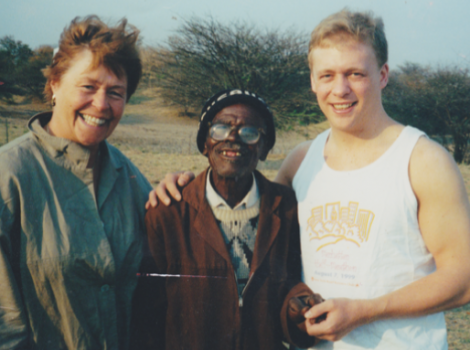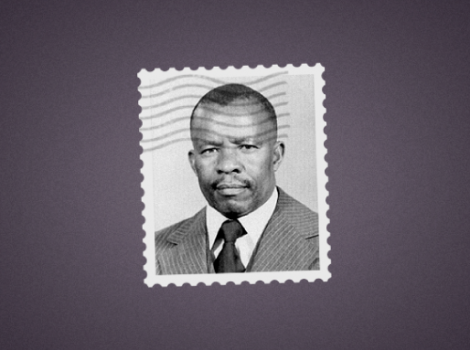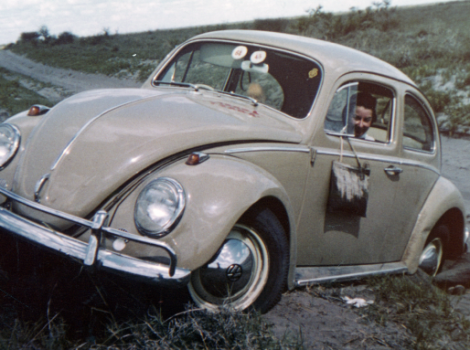Quick Facts
Widely referred to by Western friends of Botswana as Gaberones, a name that dates back to its pre-independence days. Affectionately referred to as Gabs by the locals, or Mageba by some
Population Approximately 250 000
Location South East of Botswana
Airport Sir Seretse Khama International Airport
Named after the then chief of the Batlokwa tribe
Gaborone means ‘it’s not unbecoming’
2016 Gaborone- How Far It Has Come
Gaborone has certainly come a long way from the dusty, little town it was pre-independence. Cited as one of Africa’s fastest growing cities, Gaborone has grown exponentially and still continues to grow. Although it was awarded city status in 1986, some would say Gaborone is only now beginning to show a semblance of its city status. 2016 Gaborone boasts commercial and industrial centres as well as housing estates. Among the business centres that have emerged in recent years are the CBD, Fairgrounds, Commerce Park and Finance Park.
Over the years more and more people have come to Gaborone to seek better job prospects. For a long time Gaborone residents have faced a severe lack of accommodation. Fortunately, that’s gradually becoming a thing of the past because wherever you look, there are housing units being built. Among the structures springing up every day are apartments and houses specifically designed for rent. This will not only address the lack of accommodation, but will also invariably bring down the notoriously hefty rent prices.
To the consternation of some visitors, who would rather have the country remain ‘unspoilt’ and free of commercialisation on a grand scale, Gaborone now has four large shopping complexes; namely Rail Park Mall, Game City, Airport Junction and River Walk. There’s another one currently under construction. By contrast, Batswana are very happy with these developments because it means all their shopping needs are taken care of at home. Historically, locals would regularly travel to neighbouring South Africa to stock up on various items they couldn’t get in Botswana.
Local expats also welcome this because they have to live here for a few years, so being able buy some of their home comforts lessens their homesickness. When you are thousands of miles away from home, you take comfort in the smallest things. Missing family, food you are accustomed, being able to nip out to the cinema or having the choice to go out for a lovely meal at a nice restaurant can be of great comfort.
1960s Gaborone- A Very Different Picture
All these developments are a far cry from 1963 Gaborone, which consisted of a tiny settlement along an equally small railway line and a small administrative centre called ‘The Village’, where a desirable suburb along the edges of Gaborone now stands.
Botswana was then called Bechuanaland, a British protectorate. Its administrative centre was over the border in then Mafeking (now Mafikeng), South Africa. Botswana was the only territory in the world to have its administrative centre in another country.
Before the decision to put the capital city where it is now, nine other locations were considered; Maun, Lobatse, Artesia, Mahalapye, Francistown, Serowe, Shashe and an area within the Tuli Block. But ultimately Gaborone was chosen because of its ‘strategic location’ and its proximity to the railway line. It also helped that Gaborone lies near a huge water source as well its neutrality in terms of Batswana tribes. In brief, no Motswana is truly from Gaborone; people leave their home village to come and seek work in Gaborone.
Once it was decided Gaborone was to be the capital city and plans of the new town drawn, European architects and various experts along with local and Southern Rhodesia (Zimbabwe as it was then known) labourers knuckled down to construct Gaborone. Within eighteen months of construction starting, the new capital stood where there was once nothing but bush, complete with the National Assembly, government offices, a power station, hospital, schools, a radio station, an airstrip, police stations, a post office, banks, shops, a dam and over a thousand houses, among others. All this was completed within the designated time and in time for Botswana’s independence from Britain on the 30th September 1966.
The discovery of diamonds in 1955 coupled with Botswana’s good governance from the time it got independence enabled the country to grow rapidly to be the middle income country it is today; far removed from being among the poorest countries in the world it once was.
Reference: www.botswanatourism.co.bw
Photo credit: By Shosholoza (Own work) [CC BY-SA 3.0 (http://creativecommons.org/licenses/by-sa/3.0)], via Wikimedia Commons



